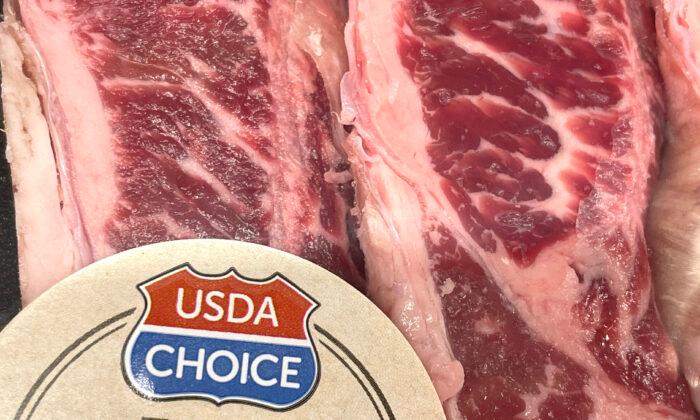Agriculture Secretary Tom Vilsack told House lawmakers that his department has received hundreds of comments in response to the USDA’s plans to invest $500 million to expand meat and poultry processing in the U.S. to boost competition in the livestock industry.
“We’re now in the process of analyzing those comments in order to establish and structure the program,” Vilsack told members of the House Agriculture Committee.
“The expectation is that that structure will take place sometime before the end of the year, and that will begin to make decisions and investments, hopefully in the first quarter of 2022,” he said.
The program was launched in the wake of President Joe Biden’s executive order early this year promoting competition, with the aim to build a more resilient supply chain and better food system.
“We know that there is a high concentration in this industry,” Vilsack said. “We know that it creates capacity challenges, especially in beef. And there is a need for additional capacity.”
The $500 million dollars in federal funds are available under the Biden administration’s American Rescue Plan.
“At the end of the day, our department is anxious to have fair prices for producers and a fair deal for consumers,” he said.
USDA says during the past year and a half, as COVID slowed or shut down meat processing, many farmers and consumers suffered. And the administration says due to concerns about climate and cybersecurity, risks to the market are likely to grow.
On top of the USDA’s previously announced $500 million investment to expand meat and poultry processing capacity, it has also just announced a new commitment of $100 million for loan guarantees to expand meat and poultry processing capacity.
“The goal here is obviously to strike a better balance between supply and demand, between processing capacity and competition, with greater transparency so that we can have a stable, dependent and fair market,” Vilsack told the panel.






Friends Read Free